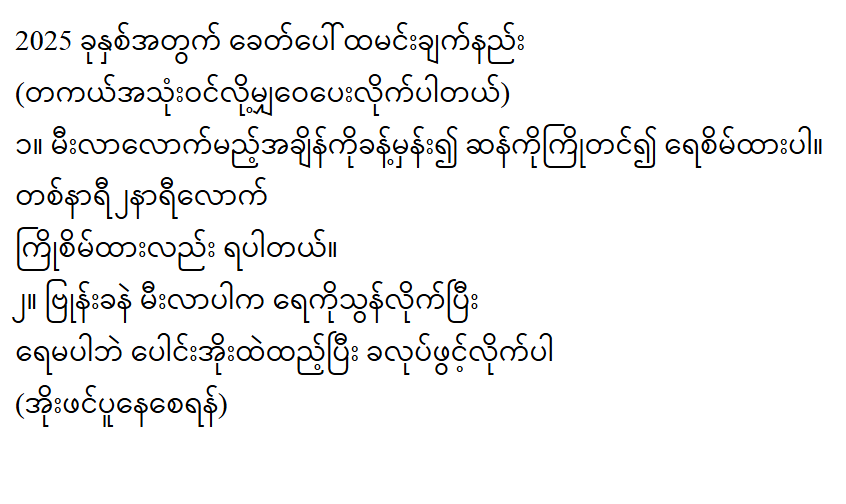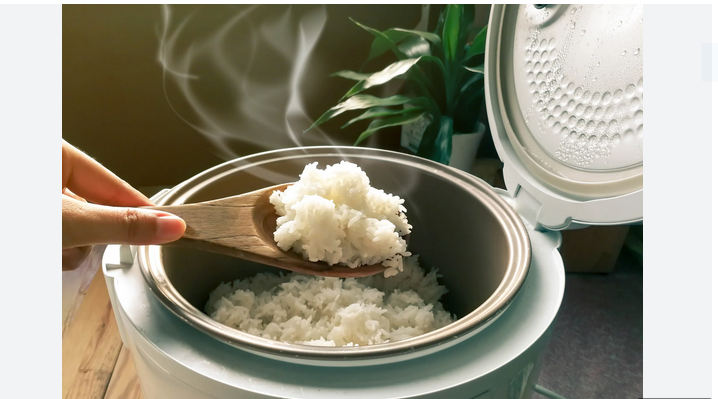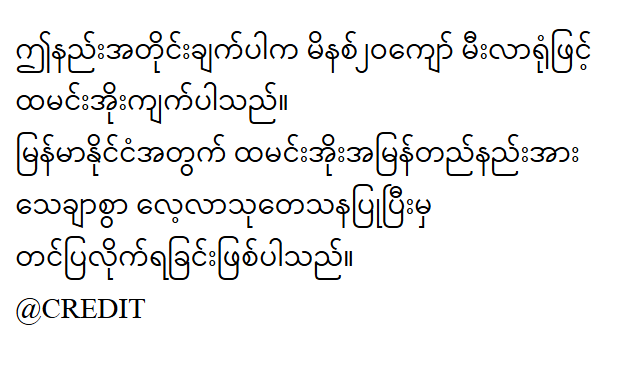



In Asia, fests and carnivals are vibrant expressions of culture and tradition, where vesture plays a central part in showcasing identity and heritage. Each region boasts unique gleeful costumes that are as various and different as the events they commemorate. From shimmering silks to intricate embroidery, these outfits are steeped in symbolism and art. Let’s explore some of the most iconic gleeful fashions from across Asia.
East Asia Elegance in Every Detail
Japan Kimono for Special Occasions
In Japan, the jumper is an essential garment for carnivals and observances. During events like New Year’s Day( “ Shōgatsu ”) and coming- of- age fests( “ Seijin no Hi ”), individualities slip kirtles adorned with seasonal motifs, similar as cherry blossoms or cranes.
For summer carnivals, lighter performances called “ yukata ” are worn. These cotton garments feature bold patterns and are paired with sash belts and geta sandals, creating a casual yet gleeful look.
Korea Hanbok for leaves
The hanbok remains central to Korean fests, especially during Chuseok( Korean Thanksgiving) and Seollal( Lunar New Year). Women wear brightly colored skirts( chima) and jackets( jeogori), while men sport trousers( baji) and longer jackets. Traditional embroidery, similar as peonies and phoenixes, adds a subcaste of symbolism, representing substance and good fortune.
China Cheongsam and Tang Suit
During the Lunar New Year, numerous Chinese people conclude for traditional vesture like the cheongsam( qipao) and Tang suit. These garments frequently feature red and golden colors, emblematizing luck and wealth. Intricate embroidery of dragons, peonies, or koi fish adds auspicious meanings, making these outfits perfect for drinking a prosperous time.
South Asia A Hoot of Colors
India Sarees and Sherwanis
Carnivals like Diwali and Holi see Indians dressed in their finest vesture. Women trim themselves in sarees made of silk, chiffon, or georgette, frequently adorned with zari( gold thread) work or embellishments. Men wear sherwanis, kurtas, or dhotis, combining traditional artificer with regal charm.
Bangladesh Jamdani Sarees
For fests like Pohela Boishakh( Bengali New Year), women in Bangladesh frequently wear Jamdani sarees, a handwoven fabric featuring intricate flowery or geometric patterns. Men generally conclude for panjabi and pajama sets, adding a touch of fineness to the gleeful spirit.
Southeast Asia Light and Lively
Thailand Chut Thai
The Songkran Festival( Thai New Year) is a time when the traditional Chut Thai comes alive. Women wear blouses paired with serape – around skirts( pha nung), frequently woven with intricate patterns. Men’s vesture includes analogous serape – style garments, showcasing Thailand’s rich cloth heritage.
Vietnam Áo Dài for Tet
During Tet( Vietnamese Lunar New Year), the áo dài is a popular choice. This long tunic worn over pants is frequently made of silk and features exaggerated designs emblematizing luck and substance. Bright colors like red and golden dominate, reflecting the gleeful mood.
Indonesia Batik and Kebaya
In Indonesia, batik fabrics play a starring part during fests. Kebayas, paired with batik sarongs, are frequently worn for marriages and artistic carnivals. The intricate patterns of batik, created through wax- repel dyeing, tell stories of tradition and creativity.
Central Asia Warm and Ornate
Mongolia Deel for Naadam
During the Naadam Festival, Mongolians wear the deel, a long mask- suchlike garment made of silk or hair. The deel’s vibrant colors and ornate patterns reflect the gleeful spirit, while its practical design suits Mongolia’s vagrant life.
Uzbekistan Atlas and Adras Fabrics
Carnivals in Uzbekistan frequently feature garments made from handwoven silk fabrics like atlas and adras. These fabrics showcase bold ikat patterns, creating a striking visual effect that complements the celebratory atmosphere.
The part of gleeful vesture in Asian Culture
gleeful costumes in Asia go beyond aesthetics; they’re invested with artistic significance, embodying values of respect, concinnity, and substance. Each garment is a mix of history, artificer, and symbolism, connecting the wear and tear to their roots and traditions.
Conclusion
From the fineness of a Japanese jumper to the sprightliness of an Indian saree, gleeful fashions across Asia reflect the mainland’s rich diversity and participated love for festivity. These costumes not only enhance the joy of fests but also save the artistic heritage that makes each tradition unique. By slipping these garments, people recognize their history while celebrating the present in style.